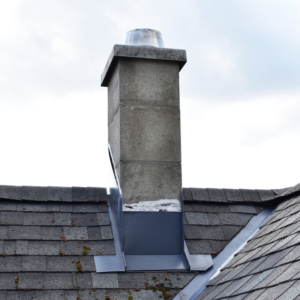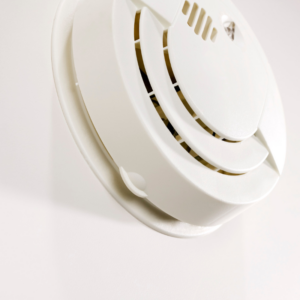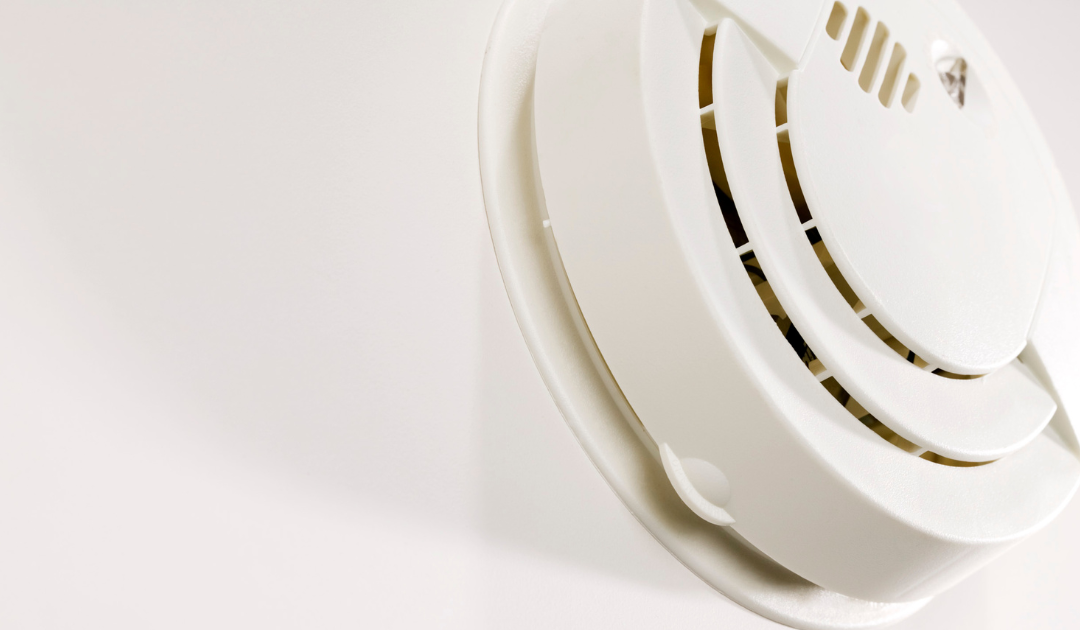We at Dunrite Chimney know the value a fireplace adds to your home’s ambiance and comfort, which is why we offer a wide range of services from installations, to fireplace facelifts, to providing the maintenance required to keep your system running efficiently and optimally.
And running your fireplace as safely as possible, of course, includes maintaining optimum safety. We’re proud to be your partners in bringing the peace of mind that comes with safe fireplace practices into your home.
Invest in Regular Routine Maintenance
 There’s simply no substitute for annual chimney inspections. While chimney systems are constructed to be durable, this doesn’t mean they don’t need to be maintained to preserve longevity and function. A certified chimney sweep is trained and equipped to identify issues related to wear and tear, damage, or obstruction.
There’s simply no substitute for annual chimney inspections. While chimney systems are constructed to be durable, this doesn’t mean they don’t need to be maintained to preserve longevity and function. A certified chimney sweep is trained and equipped to identify issues related to wear and tear, damage, or obstruction.
Remedying issues early will not only save you from needing more significant repairs later, they’ll also make sure your chimney is as suitable and energy efficient as possible to use – which is definitely a win for the homeowner all around.
Chimneys should also be regularly swept to remove blockages, debris, and buildup of combustible soot or creosote. A clean chimney reduces risk of chimney fires and harmful flue gases escaping into your living space rather than out the chimney flue.
Any Other Guidelines to Follow?
There are many ways you can increase home safety while enjoying your fireplace.
- Give your fireplace its space. Keep the 36 inches around your fireplace free from rugs, curtains, furniture, and other flammable items. This includes baskets of kindling and seasonal decorations. Consider purchasing a nonflammable rug from a fireplace supply store to protect carpeting if your fireplace is in a carpeted area.
- Stick with it. Your fire is meant to be enjoyed – and if no one is in the room enjoying it, it shouldn’t be going. It’s not safe to leave a fire unattended, so if it’s time to call it a night (or to go out for the night), be sure your fire is no longer going. Also, be vigilant about not leaving young children near a fire alone.
 Keep alarms in working order. Have you tested your smoke and carbon monoxide alarms recently? If you haven’t, don’t delay – they aren’t there for looks. They’re an important line of defense and should be tested and maintained twice per year.
Keep alarms in working order. Have you tested your smoke and carbon monoxide alarms recently? If you haven’t, don’t delay – they aren’t there for looks. They’re an important line of defense and should be tested and maintained twice per year.- Burn seasoned firewood. Look for shorter lengths, an aged appearance (including splits and cracks), and a hollow sound if you knock the pieces together. Or, purchase a moisture meter and use firewood when the meter shows a reading of 15-25% – that’s when you know the wood is ready for use.
- Don’t burn anything except seasoned firewood. Don’t stick paper, cardboard, treated or painted wood, styrofoam, plastic, charcoal, or anything except seasoned wood in your fireplace. And avoid wet or green wood. These things may burn, but not cleanly – and they’ll compromise the air quality of your living space, diminish the cleanliness of your chimney system, and increase the risk of a chimney or roof fire.
- Don’t use accelerants. They might speed up the start of a fire, but they also cause fires to burn less predictably and at greater temperatures than are suitable for your fireplace and chimney.
- Do use a chimney screen. A metal chimney screen provides a physical defense against sparks or embers escaping the fireplace and burning holes in rugs or furniture – or even worse, causing a burn on a person or pet.
- Handle with care. Adjusting the fire is an adults-only job, and should be done with proper tools. Don’t add too much wood at a time, as this increases the chance that embers will tumble out.
- Have safety conversations as a family. Be sure all members of the family are knowledgeable about fireplace safety matters, such as safe distances for enjoying the fire, who should (and shouldn’t) be starting and tending the fire, and what to do if a smoke or carbon monoxide alarm goes off.
- Clear and store ashes with caution. If ashes are building up beyond about an inch thick, it’s time to scoop them out of your fireplace so firewood can receive adequate airflow. But wait until the ash has cooled, and then scoop them into a metal container with a tightly fitting lid. Move the container to an outdoor location at least 10 feet from your home until you’re certain ashes are entirely cooled.
- Have a well-functioning chimney cap. A chimney cap sits on top of your chimney. Its metal screen sides allow the escape of smoke and flue gases, while its stainless steel top prevents moisture, leaves, and critters from entering your chimney. If you don’t have a chimney cap, or if your current cap is damaged, invest in a new one ASAP.
Give Us a Call
If you have questions about best practices for maintaining and using your fireplace, we’re only a call away. Need an inspection, want a chimney cap installed, or interested in updating the look of your fireplace? We pride ourselves on providing friendly, efficient, expert service you can rely on.
Give us a call at 631-738-0005 or reach out online today.


Recent Comments